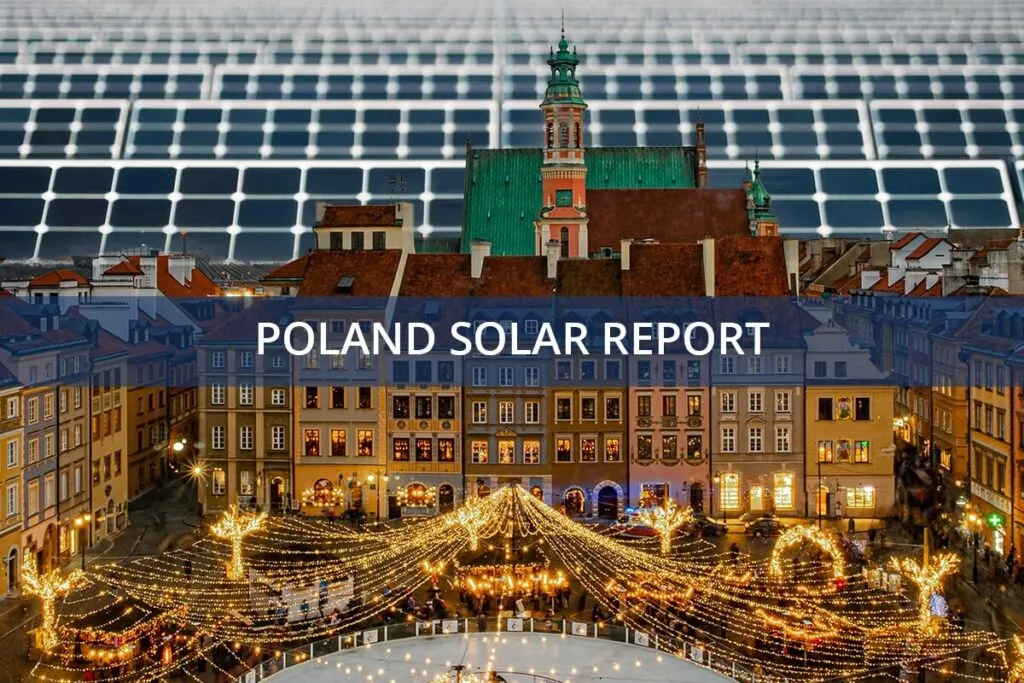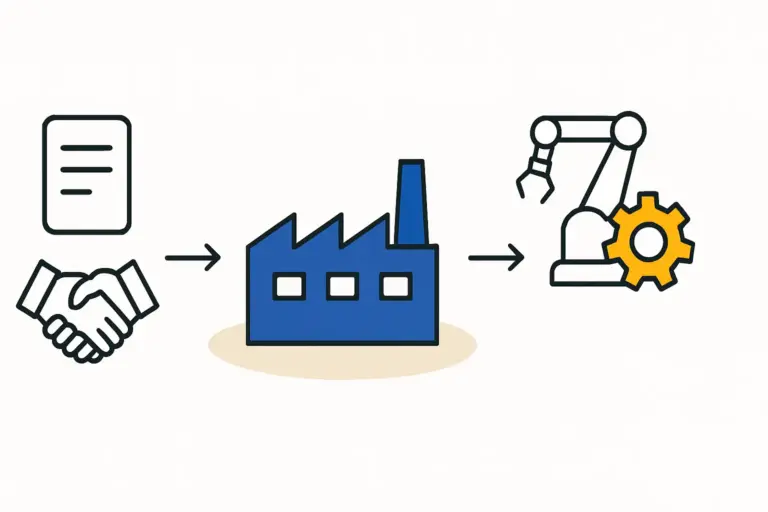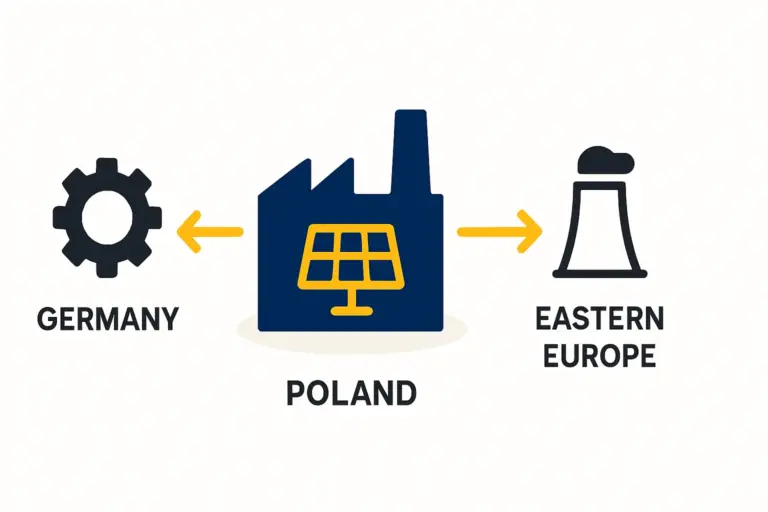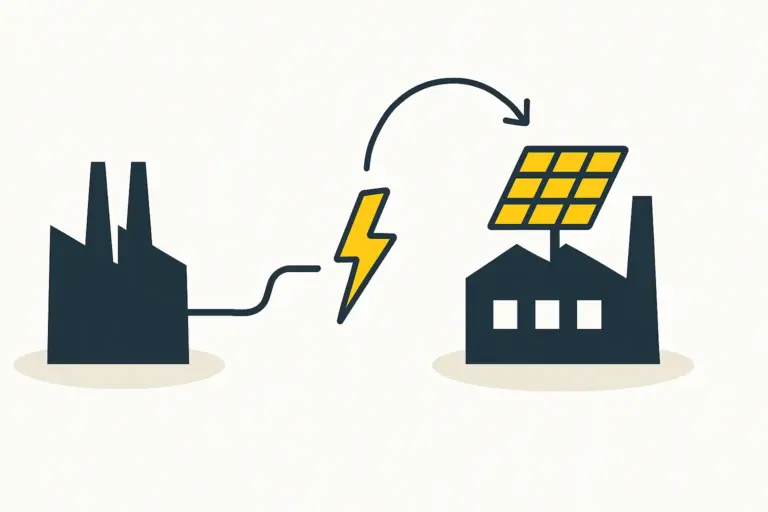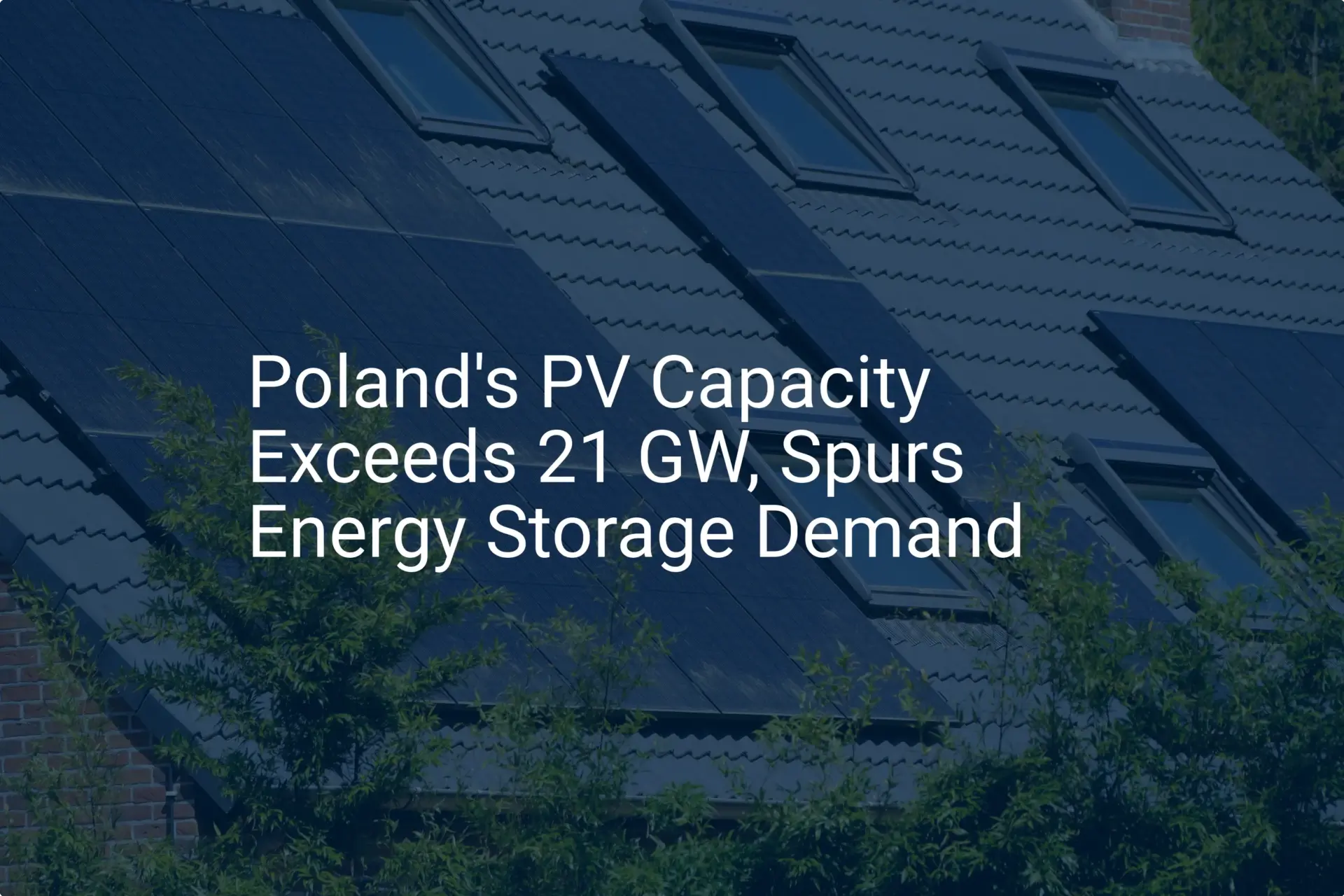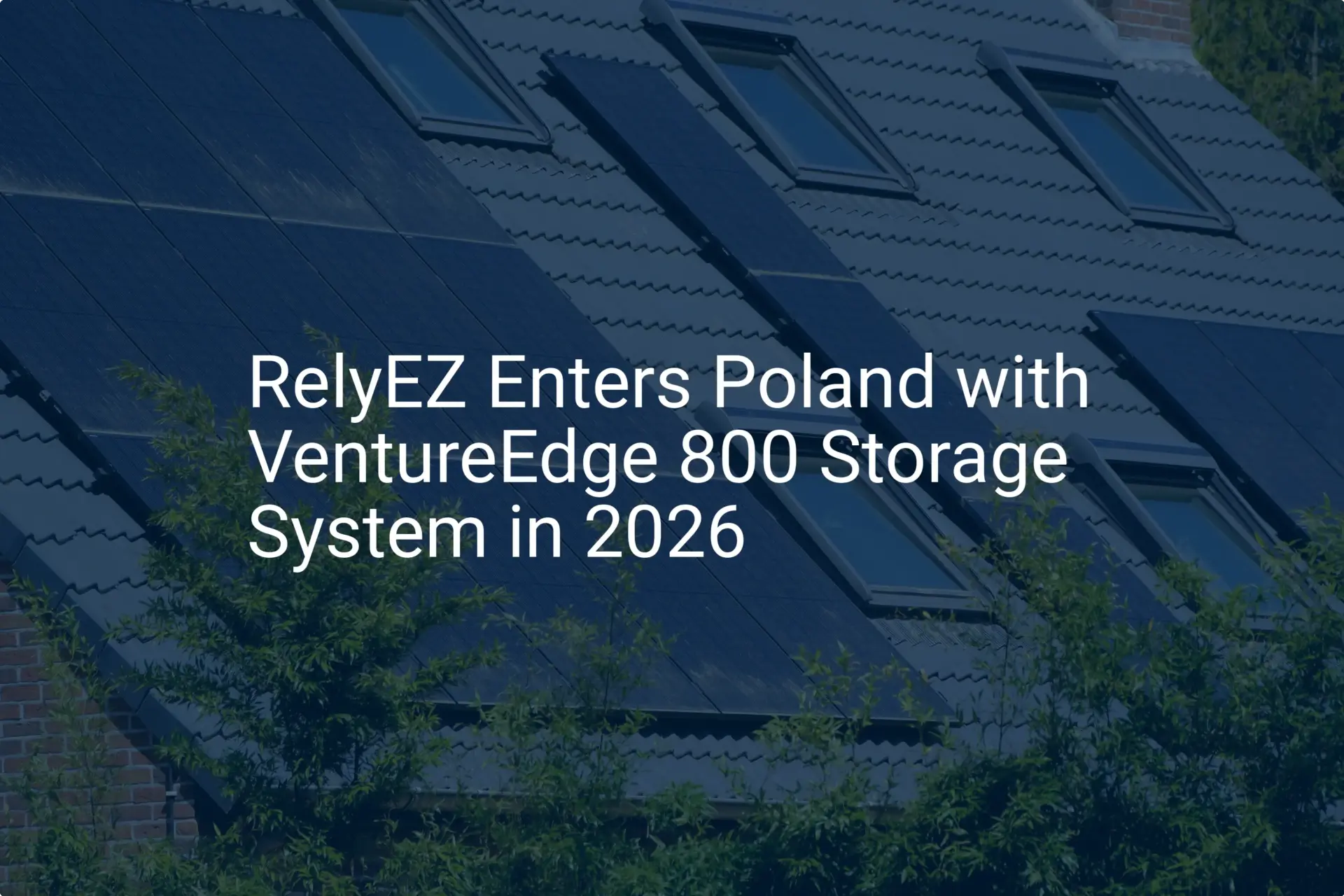An entrepreneur planning a new manufacturing facility often focuses on machinery, financing, and product strategy. Yet, the factory’s location is a foundational decision that determines its long-term operational efficiency and profitability.
In Europe, Poland has emerged as a powerhouse for industrial investment, attracting global leaders with its strategic location, skilled workforce, and supportive business environment. For an investor considering a solar module factory, understanding the nuances of Poland’s industrial landscape isn’t just beneficial—it’s essential.
This analysis provides a structured overview of Poland’s key industrial regions, comparing the factors that matter most for solar manufacturing: utility access, logistics, land costs, and available incentives. It is designed to equip business professionals with a clear, data-driven perspective for evaluating potential sites.
Why Poland is a Strategic Location for Solar Manufacturing
Poland’s position as a major EU manufacturing hub is well-established. Its central location provides direct access to the vast European market, particularly Germany, while also serving as a gateway to Eastern Europe. This geographic advantage is bolstered by a robust and continuously improving infrastructure network.
A key driver of foreign investment has been the country’s system of Special Economic Zones (SEZs). These designated areas offer significant incentives to new investors, most notably corporate income tax (CIT) exemptions that can cover up to 45% of the initial investment cost. Beyond financial benefits, SEZs provide a streamlined administrative environment, assisting investors with permits and regulatory requirements and simplifying the complex process of building a solar factory.
Key Factors in Site Selection for a Solar Factory
Choosing the right plot of land requires a multi-faceted evaluation. For a solar module factory, certain technical and logistical requirements are non-negotiable.
Utility Infrastructure: The Power Requirement
A solar module production line, particularly its lamination and stringer machines, is energy-intensive. A common oversight is selecting a site without first verifying the capacity of the local electricity grid.
Grid Connection: Securing a high-capacity grid connection can take a surprisingly long time—often 12 to 24 months—so this process must be initiated in the earliest stages of planning.
Substation Capacity: The plot must be served by a local substation with enough available capacity to meet the factory’s demands. Upgrading a substation is a costly and time-consuming process that can cause significant delays.
Other Utilities: While most established industrial parks provide reliable access to gas, water, and sewage systems, their specific capacities should always be confirmed.
Logistics and Supply Chain Access
A factory’s efficiency depends heavily on its ability to receive raw materials (like glass, cells, and aluminum frames) and ship finished modules to customers. Proximity to major transport corridors is essential.
In Poland, the key arteries are the A4 motorway, which connects Germany in the west to Ukraine in the east, and the A1 motorway, which runs north-south, linking the Baltic ports to the southern border. Access to intermodal rail terminals, such as the one in Sławków, further enhances logistical flexibility.
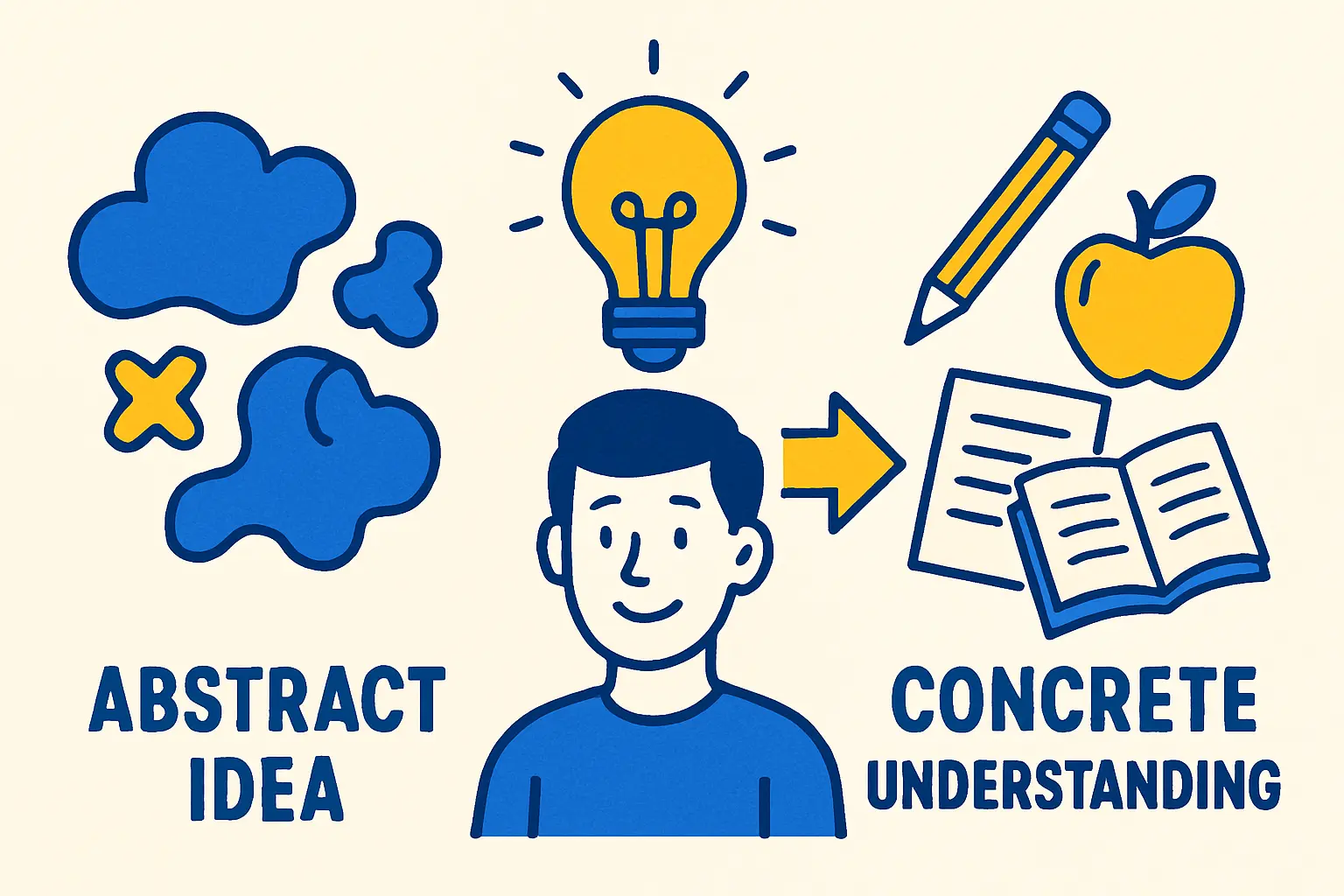
Land and Development Costs
Land prices are a significant component of the overall investment cost and vary considerably across Poland. Costs are typically highest around major metropolitan areas like Warsaw and decrease in regions farther east. A strategic analysis involves balancing land costs against the logistical benefits and talent access a specific location offers.
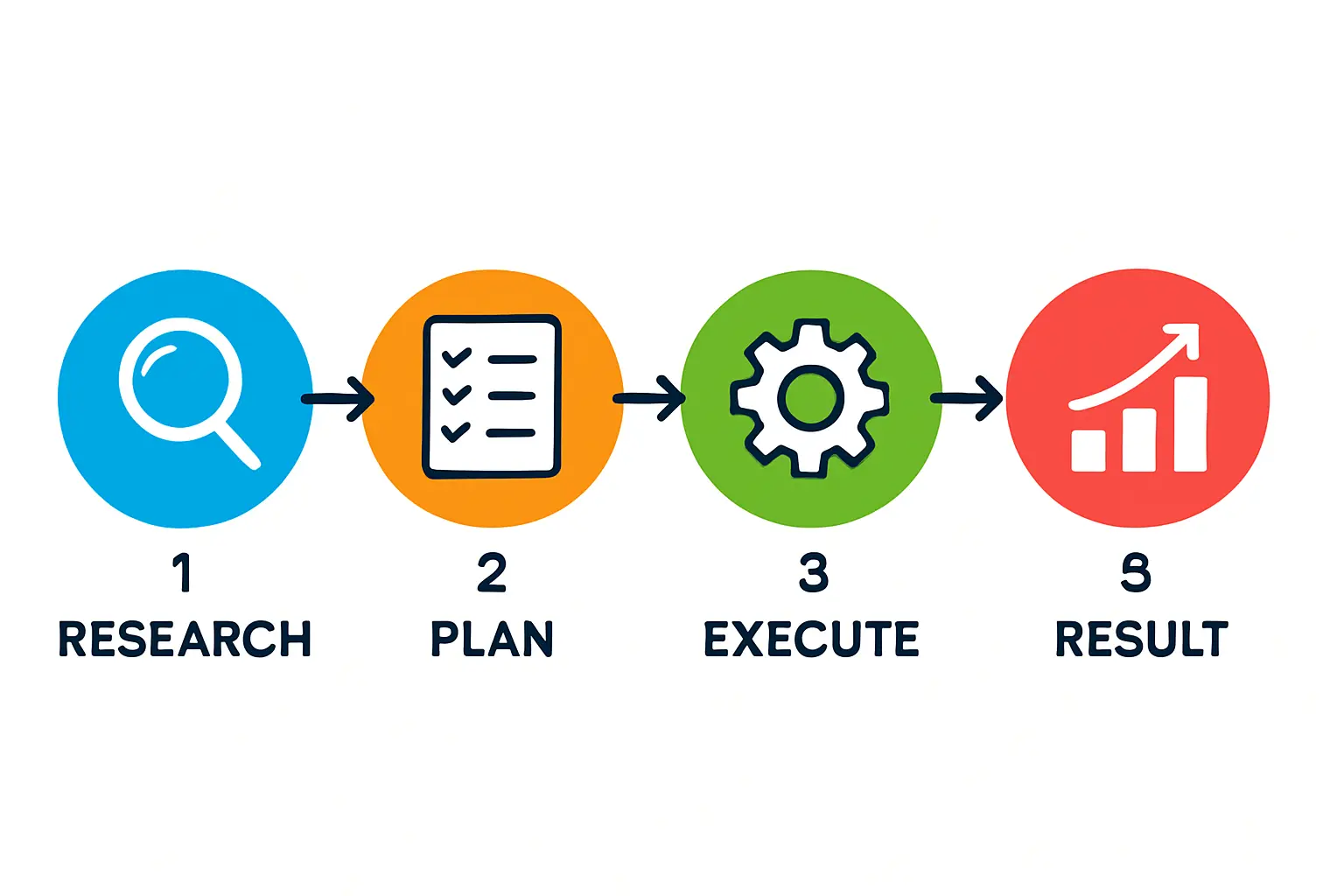
Labor Pool and Technical Expertise
A factory requires a reliable workforce with a spectrum of skills, from machine operators to quality control technicians and engineers. Different regions in Poland offer distinct labor profiles. Areas with a long history of industrial production, like Silesia, have a deep pool of experienced manufacturing personnel. In contrast, regions with major universities, such as Wrocław, offer better access to technical and engineering talent.
A Comparative Overview of Polish Industrial Zones
Understanding the unique characteristics of each major industrial region allows an investor to align a site with their business priorities.
The Silesian Cluster (Katowice SEZ)
Strengths: Known as Poland’s industrial heartland, Silesia offers an unparalleled manufacturing ecosystem. It boasts a dense network of suppliers, a highly experienced industrial workforce, and superior logistics at the intersection of the A1 and A4 motorways. Land costs remain competitive for such a prime location, typically ranging from 250–400 PLN/sqm.
Considerations: The mature market means competition for skilled labor can be high.
Best for: Investors who prioritize a robust industrial environment, a deep talent pool, and optimal logistics for serving both Western and Eastern European markets.
Lower Silesia (Wałbrzych SEZ & Wrocław Area)
Strengths: This region, centered around Wrocław, has become a major hub for the automotive and electronics industries, attracting global giants like LG Energy Solution. Its primary advantage is its proximity to Germany. The area offers a strong mix of industrial and technical talent.
Considerations: Land costs are higher, generally between 300–500 PLN/sqm, reflecting high demand from international corporations.
Best for: Businesses targeting the German and Western European markets or those needing to integrate into a high-tech supply chain.
Central Poland (Łódź SEZ)
Strengths: Located at the geographical center of the country, Łódź is a premier logistics hub. It offers excellent road and rail connectivity for national and regional distribution. Land and labor costs are more moderate, with industrial plots averaging 200–350 PLN/sqm.
Considerations: Its industrial base is more focused on logistics and light manufacturing compared to the heavy industry of Silesia.
Best for: Cost-conscious investors for whom efficient, centralized distribution across Poland and its neighbors is a top priority.
Eastern Poland (Lublin, Rzeszów)
Strengths: This developing region offers the lowest land costs in the country, often between 150–250 PLN/sqm. It is a focus area for government incentives designed to attract new investment and has a growing talent pool from local universities.
Considerations: The logistics infrastructure is less developed than in the west, and the region is farther from core EU markets.
Best for: Projects with a longer-term strategic vision or a specific focus on serving markets in Eastern Europe and Ukraine.
The Strategic Advantage of Special Economic Zones (SEZs)
Operating within an SEZ offers significant financial and administrative advantages. The primary benefit is the potential for Corporate Income Tax (CIT) relief, which is calculated based on the investment size and the number of jobs created. This incentive directly reduces the cost of capital and accelerates the path to profitability.
Moreover, SEZ authorities act as a partner to the investor, providing invaluable support in navigating local bureaucracy, securing permits, and ensuring that utilities are connected promptly. This hands-on assistance is especially valuable for international investors unfamiliar with local procedures.

Practical Considerations for International Investors
Experience from J.v.G. Technology GmbH’s turnkey projects highlights a few crucial practical points. First, the grid connection agreement frequently lies on the critical path of the project timeline. Due diligence on electrical infrastructure cannot begin too early.
Second, the success of major international firms serves as a powerful proof of concept. The LG Energy Solution battery factory near Wrocław, for example, was located there precisely for this combination of SEZ incentives, a skilled labor force, and logistical proximity to its customers in the German automotive industry.
Navigating these complex variables requires a structured approach. An educational platform like pvknowhow.com offers detailed guidance to help investors evaluate all technical and commercial factors before making a significant capital commitment.
Frequently Asked Questions (FAQ)
What is the typical size of a plot required for a 50 MW solar module factory?
A factory with 50 MW of annual capacity generally requires a building of around 5,000 square meters. To accommodate logistics, outdoor storage, and potential future expansion, a total land plot of 10,000–15,000 square meters is recommended.
How long does it typically take to acquire land and obtain building permits in a Polish SEZ?
While SEZs are designed to streamline the process, a realistic timeframe for completing all land acquisition formalities and securing a final building permit is between 6 and 12 months.
Are there language barriers for business operations in Poland?
In major business centers and within the management class of most companies, English is widely spoken. However, for navigating local administrative processes and managing on-site construction, engaging local partners or consultants is essential.
Can a foreign company fully own land and a factory in Poland?
Yes. Poland’s investment laws permit 100% foreign ownership of companies and real estate, particularly for investors from EU and OECD countries, ensuring a secure and transparent legal framework.
Conclusion and Next Steps
Poland presents a highly attractive and competitive environment for establishing a solar module manufacturing facility. However, the country is not monolithic; each industrial region offers a different combination of costs, logistics, and talent. The optimal choice depends entirely on an investor’s specific business strategy, target markets, and budget.
A thorough site selection analysis is a critical first step. Further educational resources can provide a comprehensive roadmap for entrepreneurs seeking to understand the entire scope of such a project, from initial planning to sourcing a complete turnkey solar production line.

